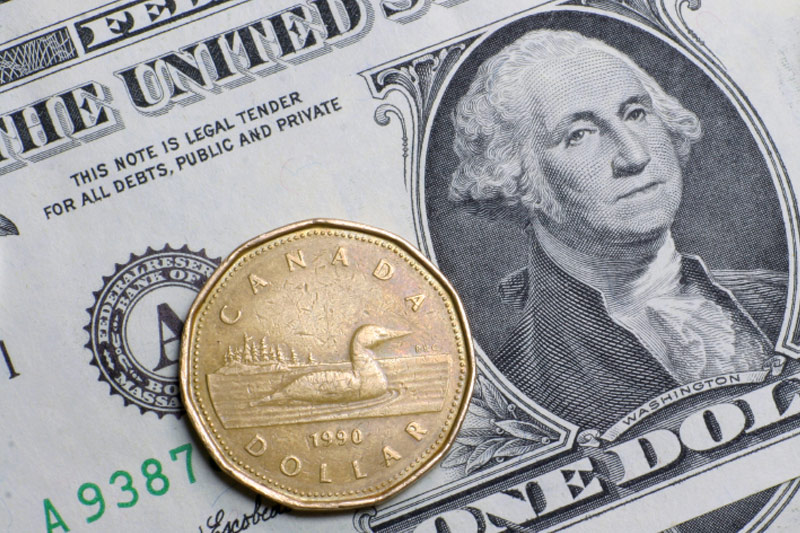Investing.com - The U.S. dollar held steady against its Canadian counterpart on Thursday, after data showed that U.S. jobless claims rose less-than-expected last week and that Canadian building permits fell unexpectedly in February.
USD/CAD hit 1.2509 during early U.S. trade, the session low; the pair subsequently consolidated at 1.2547.
The pair was likely to find support at 1.2383, Wednesday's low and resistance at 1.2654, the high of April 2.
In a report, the U.S. Department of Labor said the number of individuals filing for initial jobless benefits in the week ending April 4 rose by 14,000 to 281,000 from the previous week’s total of 267,000.
Analysts had expected initial jobless claims to rise by 18,000 to 285,000 last week.
The dollar had strengthened broadly after New York Federal Reserve President William Dudley said on Wednesday that the timing of a rate hike depends on economic data and added that a rate hike in June could still be possible if the labor market recovery remained strong.
Fed Governor Jerome Powell said he would be willing to start tightening policy despite current low levels of inflation, adding the Fed could act in June if economic data over the next two months showed that the recovery remained on track.
Meanwhile, Wednesday’s minutes of the Fed’s March meeting showed that several officials believe the economic outlook is likely to warrant an interest rate hike in June.
In Canada, data on Thursday showed that building permits fell 0.9% in February, confounding expectations for a 5.0% increase. January's change in building permits was revised to a 12.3% drop from a previously estimated 12.9% decline.
A separate report showed that Canada's new house prices rose 0.2% in February, compared to expectations for a 0.1% uptick, after a 0.1% slip the previous month.
The loonie was higher against the euro, with EUR/CAD sliding 0.31% to 1.3486.
